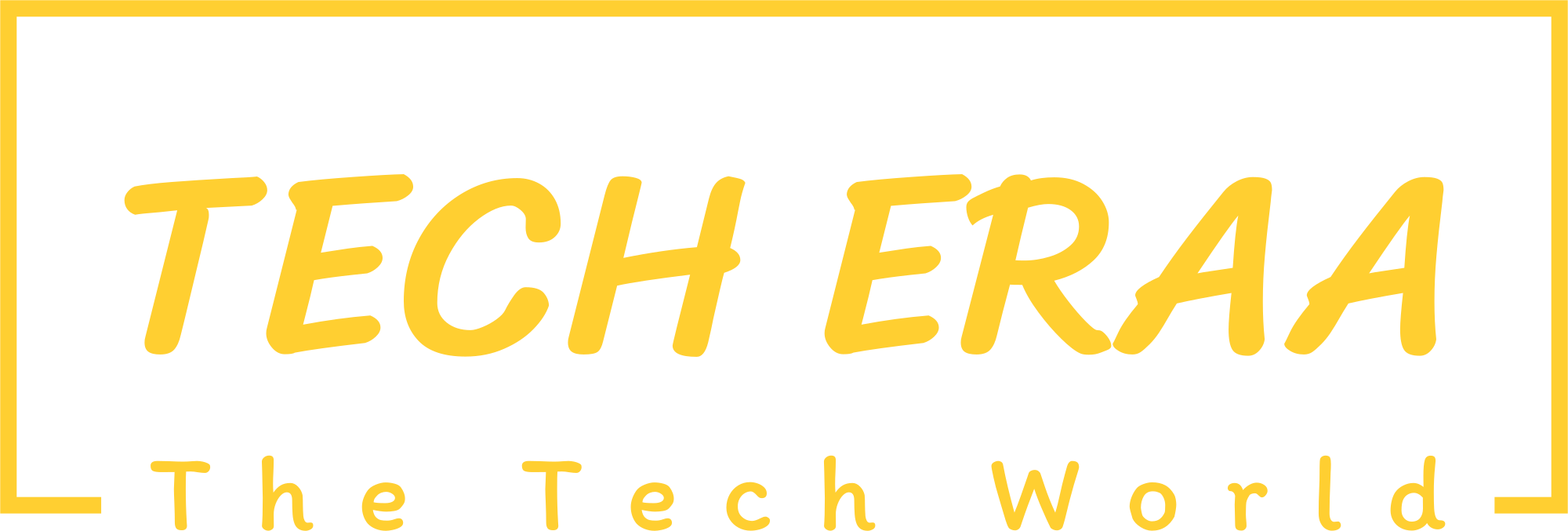Introduction to MVP (Minimum Viable Product)
In today’s fast-paced business environment, companies are constantly seeking ways to develop and launch products efficiently while minimizing risks and costs. One effective strategy that has gained significant traction is the concept of Minimum Viable Product (MVP). MVP involves releasing a basic version of a product with essential features to gather feedback and validate its market potential before investing further resources in development.
Advantage 1: Rapid Development
MVP enables rapid development by focusing on essential features, allowing businesses to launch a functional product quickly. Instead of spending months or years on extensive development cycles, companies can iterate and improve their product based on user feedback, thereby accelerating time-to-market.
Advantage 2: Cost Efficiency
One of the most significant advantages of building an MVP is its cost efficiency. By prioritizing essential features and functionalities, businesses can minimize development costs while still delivering value to customers. This approach is particularly beneficial for startups and small businesses with limited budgets.
Advantage 3: Customer Feedback
Gathering feedback from customers is crucial for product success, and MVP facilitates this process by releasing a basic version of the product to early adopters. By soliciting input from users, businesses can identify pain points, preferences, and areas for improvement, allowing them to make informed decisions about future development.
Advantage 4: Reduced Risk
Launching a full-scale product without validating its market demand can be risky. MVP mitigates this risk by testing the product’s viability with a smaller investment. By collecting data and feedback early in the development process, businesses can identify potential pitfalls and adjust their strategy accordingly, reducing the risk of failure.
Advantage 5: Flexibility and Adaptability
MVP offers flexibility and adaptability, allowing businesses to iterate and pivot based on market feedback. By releasing a basic version of the product, companies can quickly respond to changing market conditions, trends, and customer needs, ensuring that their offering remains relevant and competitive.
Advantage 6: Competitive Edge
In today’s competitive landscape, gaining a competitive edge is essential for success. MVP allows businesses to enter the market quickly and test their ideas against competitors. By being first to market with a basic version of their product, companies can capture market share and establish themselves as industry leaders.
Advantage 7: Time-to-Market
Speed to market is crucial in today’s fast-paced business environment, and MVP accelerates the product development process. By focusing on essential features and streamlining development cycles, businesses can shorten time-to-market and gain a first-mover advantage, capturing the attention of early adopters and generating buzz around their product.
Advantage 8: Focus on Core Features
MVP encourages businesses to focus on core features and functionalities that deliver the most value to customers. By prioritizing essential elements, companies can avoid feature bloat and ensure that their product addresses the key needs of their target audience, leading to higher satisfaction and adoption rates.
Advantage 9: Iterative Improvement
One of the key principles of MVP is iterative improvement based on user feedback. By releasing a basic version of the product and gathering input from early adopters, businesses can identify areas for enhancement and prioritize future development efforts. This iterative approach leads to continuous improvement and ensures that the product evolves to meet evolving customer needs.
Advantage 10: Market Validation
Perhaps the most significant advantage of building an MVP is its ability to validate market demand. By releasing a basic version of the product and gauging customer interest and feedback, businesses can validate their assumptions and ensure that there is a genuine need for their offering before investing further resources in development.
Conclusion
In conclusion, building an Minimum Viable Product (MVP) offers numerous advantages for businesses looking to develop and launch new products. From rapid development and cost efficiency to customer feedback and market validation, MVP provides a framework for success in today’s competitive marketplace. By leveraging the power of MVP, businesses can minimize risks, maximize resources, and increase their chances of long-term success.
FAQs (Frequently Asked Questions)
- What industries can benefit from building MVP?
- Virtually any industry can benefit from the MVP approach, including technology, healthcare, finance, and consumer goods. Whether developing software applications, medical devices, or consumer products, MVP provides a framework for testing ideas and validating market demand.
- How does MVP differ from a fully developed product?
- MVP focuses on releasing a basic version of the product with essential features to gather feedback and validate market demand. In contrast, a fully developed product includes all planned features and functionalities, often requiring more time and resources to build.
- Can MVP be applied to both software and hardware products?
- Yes, MVP can be applied to both software and hardware products. Whether developing a mobile app, a new medical device, or a physical consumer product, the principles of MVP remain the same: release a basic version to gather feedback and validate market demand.


